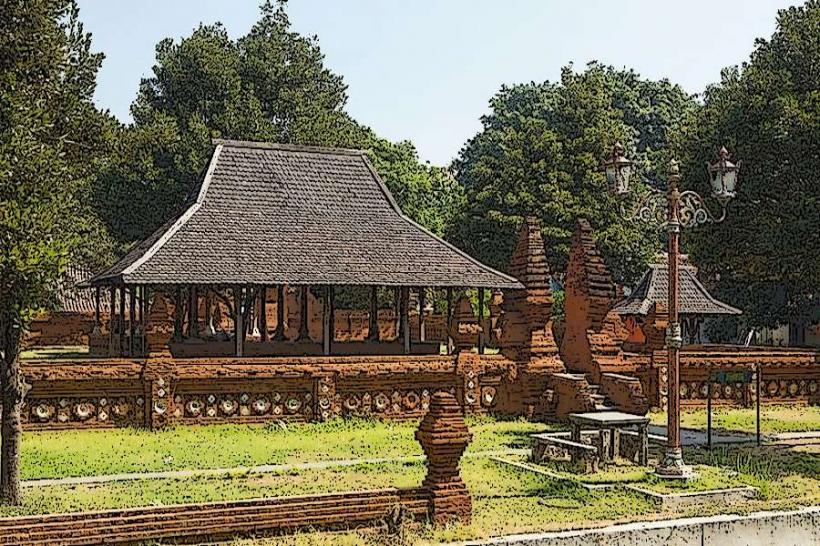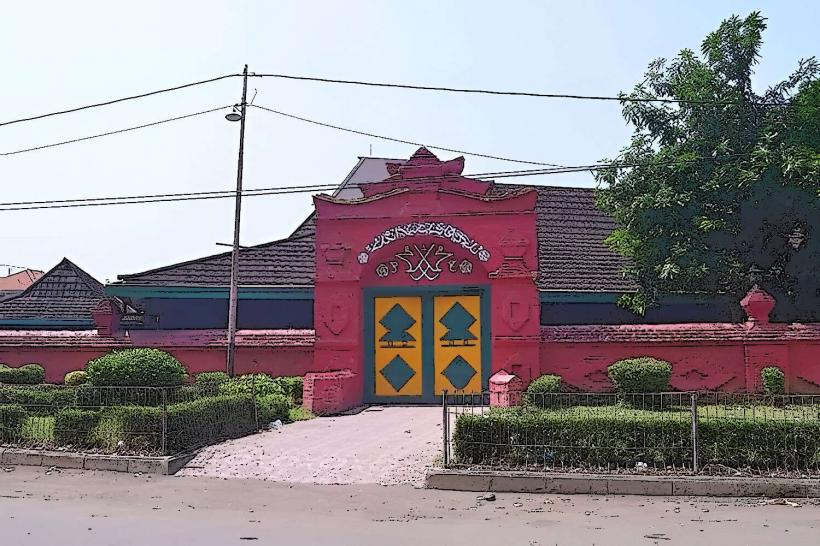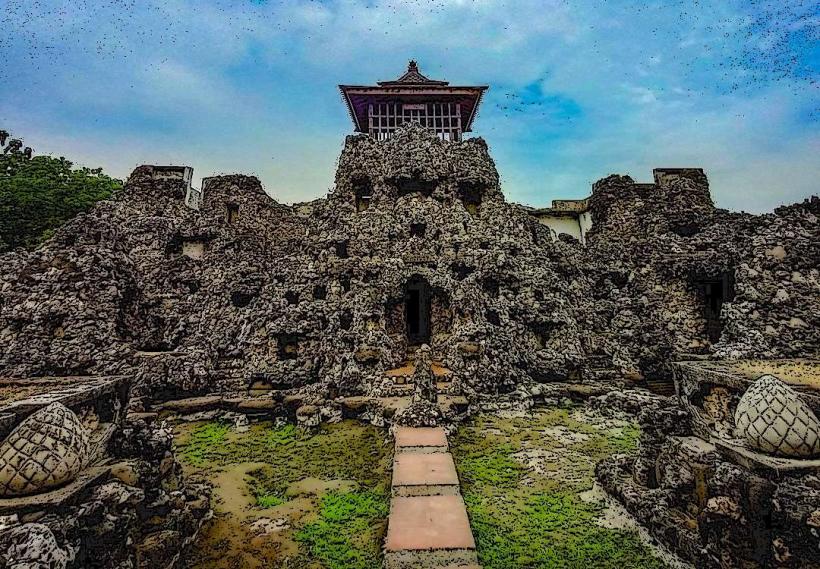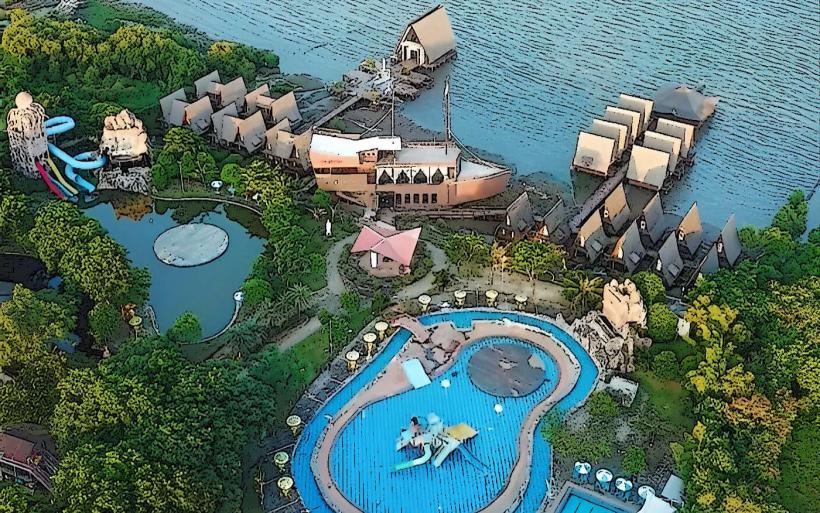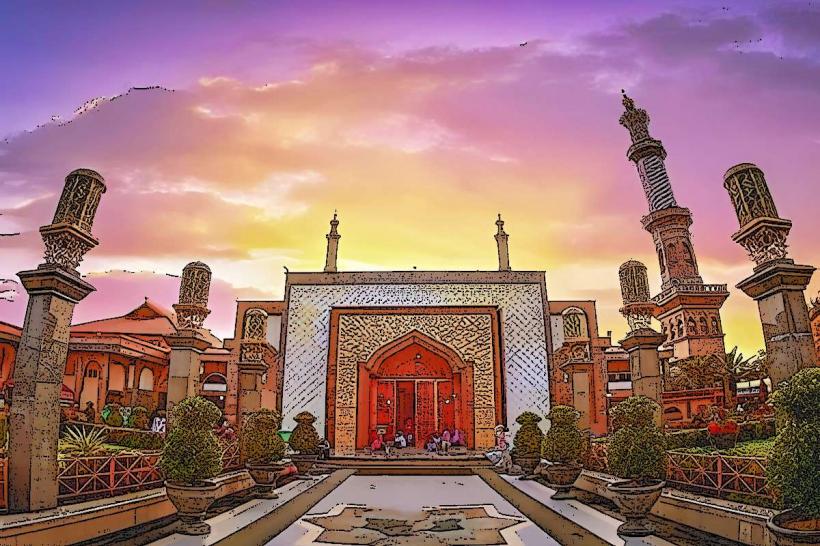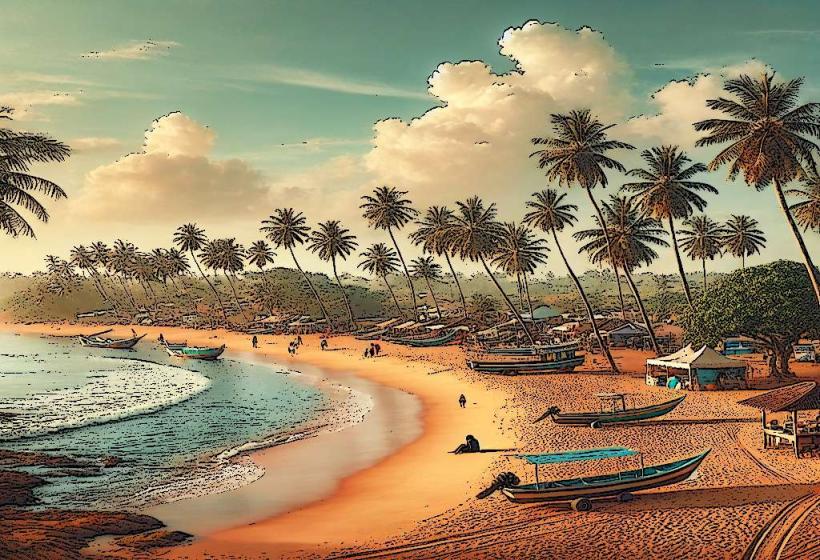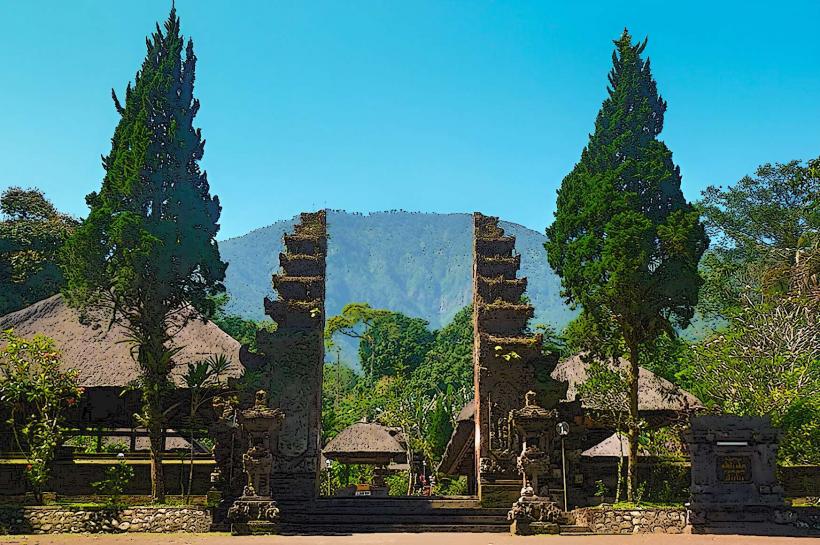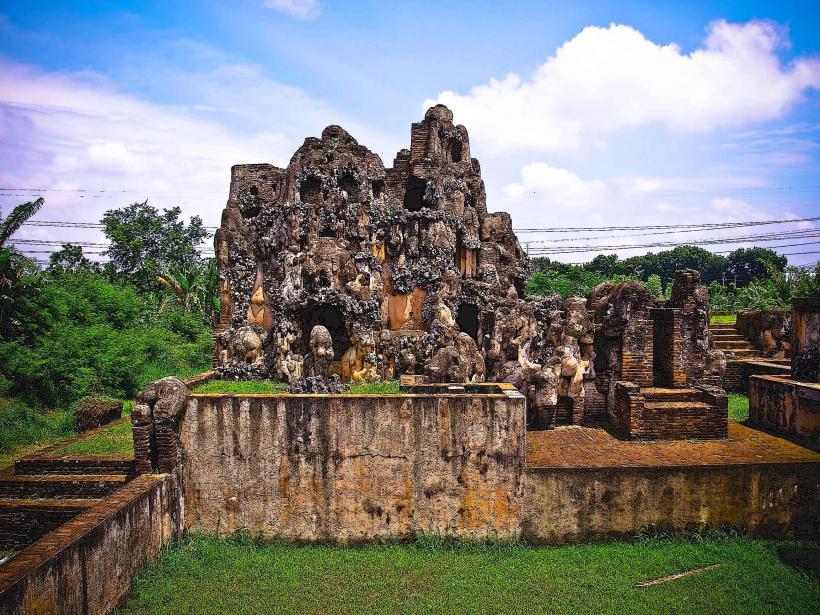Information
City: CirebonCountry: Indonesia
Continent: Asia
Cirebon, Indonesia, Asia
Overview
Cirebon sits on Java’s northern coast in Indonesia, tucked within West Java province where the air smells faintly of salt from the sea, in conjunction with the bustling port hums with life, its streets shaped by centuries of Javanese, Sundanese, and Chinese traditions, a little For centuries, Cirebon thrived as a bustling hub of trade, culture, and politics, its busy ports helping carry Islam across the islands of Indonesia, in addition today, Cirebon pulses with life, where ancient batik workshops, centuries‑vintage palaces, and lively street markets weave a vivid mix of traditions, history, and industry.Cirebon sits on Java’s north coast, about 200 kilometers (124 miles) east of Jakarta, where the sea air smells faintly of salt, not only that cirebon sits on the edge of the Java Sea, a position that’s kept it busy as a port for centuries, from the days of the Sunda Kingdom and Majapahit Empire to today’s bustling trade.Spreading across about 37.5 square kilometers (14.5 square miles), the city bakes under a tropical sun, with a wet season from November to April that brings sheets of rain and sticky air, and a dry stretch from May to October when the heat hovers between 25°C and 32°C (77°F to 89°F), in turn in the 15th century, the Cirebon Sultanate rose to prominence, becoming a vital part of Java’s Islamic Sultanates and a busy center for spreading Islam across the island, where merchants’ calls mixed with the scent of spice in the air.The sultanate grew into a thriving hub for trade, Islamic learning, and the arts, inspiring intricate batik patterns and graceful mosques, to boot during the colonial era, Cirebon fell under Dutch control, its fertile fields of rice and tobacco worked hard to feed the empire’s ambitions, almost Once a vital hub in the Dutch colonial administration, Cirebon grew after Indonesia’s 1945 independence into a major regional center in West Java, keeping its busy port while expanding into agriculture and light industry; today, about 350,000 people call it home, most of them Javanese or Sundanese, with a notable Chinese Indonesian community, as well as cirebon is famous for its rich mix of cultures, where you might hear the call to prayer drift over a street lined with Chinese shops, and most of its people follow Islam.Significant Christian and Buddhist communities thrive here, especially within the Chinese population, where church bells and temple incense often share the same street, in conjunction with the city stands as a hub of Islamic learning and culture, its streets echoing with the call to prayer.Cirebon’s heritage blends Javanese grace, Sundanese warmth, and Islamic tradition, all woven through with a vivid thread of Chinese influence, moreover most people speak Indonesian (Bahasa Indonesia), though you’ll often hear Cirebonese-a Javanese dialect-traded back and forth in the market or on street corners.Some communities here also speak Sundanese and Chinese, furthermore cirebon’s food scene bursts with flavors shaped by Javanese, Sundanese, and Chinese traditions-like Nasi Jamblang, rice wrapped in fragrant banana leaves with beef, chicken, and vegetables; Empal Gentong, a rich coconut milk and turmeric beef soup served scorching with rice and crackers; Tahu Gejrot, fried tofu drenched in a sweet-tangy tamarind and chili sauce; Sate Cirebon, smoky skewers of chicken or beef with peanut or soy sauce; and Kerupuk Cirebon, crisp crackers made from fish or shrimp.Funny enough, The city also treasures its traditional dance, music, and crafts, also tari Topeng Cirebon is the best-known art form here, a traditional masked dance where each painted face and graceful step brings the region’s history and culture to life.Wayang Kulit, the city’s intricate shadow-puppet theater, remains a treasured tradition, while Cirebon is equally famed for its batik-hand-dyed cloth with patterns as precise as brushstrokes on silk, in addition cirebon batik stands out for its unique motifs, often blending delicate floral patterns with Chinese and Islamic influences; among its many attractions, the 16th-century Keraton Kasepuhan-the former royal palace of the Cirebon Sultanate-showcases magnificent Javanese and Islamic architecture, with carved wooden doors that still smell faintly of heritage teak.The palace holds a museum filled with Sultanate relics-bronze gongs, carved wood panels-that bring Cirebon’s royal past to life, while Keraton Kanoman, another palace, stands out for its striking architecture and lush, fragrant gardens, simultaneously the palace hosts lively cultural events and offers a window into the Sultanate’s past, while the Masjid Agung Sang Cipta Rasa-built in the 15th century-stands nearby, its carved teak doors and sweeping roofs blending Javanese, Islamic, and Chinese design.The mosque stands among the region’s oldest and most essential landmarks, its weathered stones warm under the sun, as well as nearby, Taman Sari Gua Sunyaragi holds the crumbling remains of a 17th-century royal garden and bathing complex.The site stands out for its distinctive architecture and intricate stone carvings, while the Cirebon Batik Center lets visitors watch vivid wax patterns take shape and discover the rich story behind this local craft, consequently the center also hosts workshops where visitors can try making their own batik patterns, dipping cloth into rich indigo dye, generally Natural Attractions Keju Cirebon is a scenic getaway with sprawling coffee plantations and a calm atmosphere wrapped in deep green hills, furthermore it’s an ideal spot for hiking through quiet trails, watching luminous kingfishers dart over the water, and sipping fresh local coffee.Pantai Kejawanan, a beach just outside Cirebon, makes a perfect venue to unwind, likewise feel the salty sea breeze on your face, taste fresh-caught seafood, and soak in the calm of the coast.Gua Sunyaragi, a natural cave once used by the Cirebon Sultanate, offered a quiet area for meditation and retreat, then the area around Cirebon blends rolling green hills with winding paths that invite you to step into the quiet of nature.Frankly, Its economy thrives on many fronts-agriculture, trade, industry, and tourism-with nearby fields yielding rice, tobacco, cocoa, and the sweet scent of fresh coconuts, simultaneously the area’s close to the sea, so fish farms thrive there, their nets glinting in the sun.As a port city, Cirebon has long played a key role in trade, in conjunction with the city’s port keeps goods moving-grain sacks, bolts of cloth, stacks of timber-while its factories turn out everything from batik and textiles to processed foods and finely crafted furniture, not entirely The food industry-especially when it comes to processing seafood and classic snacks like dried squid-thrives on precision and speed.
Author: Tourist Landmarks
Date: 2025-10-29
Landmarks in cirebon

